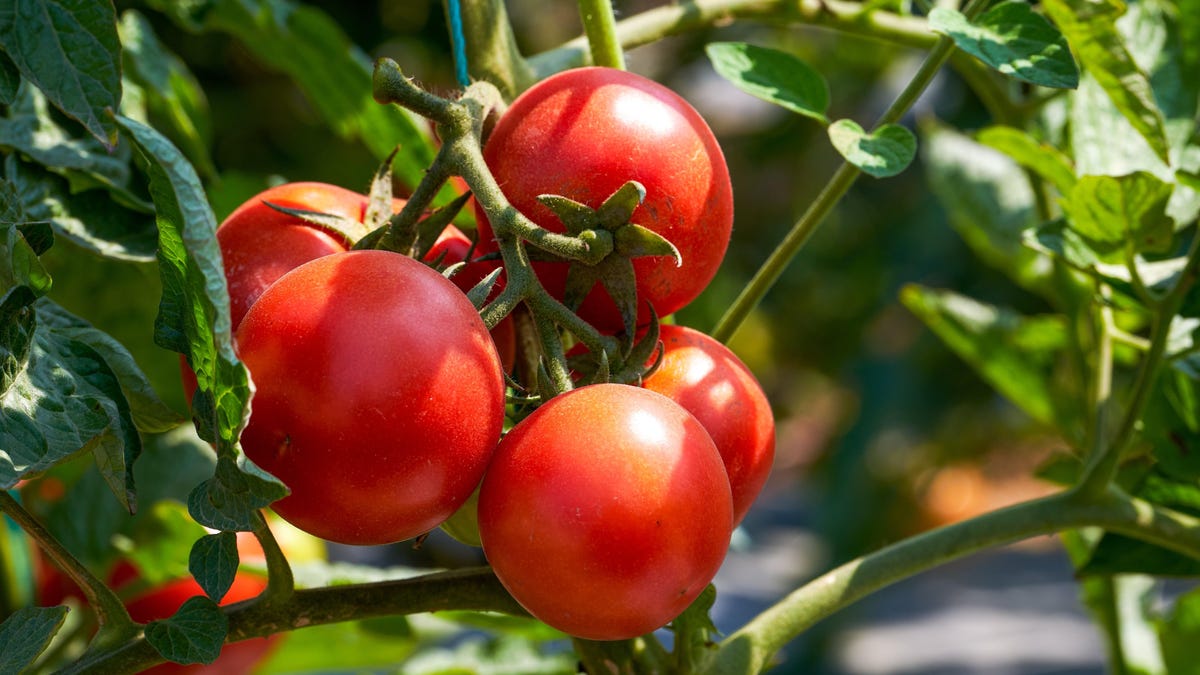How to Winter Tomatoes

The real measure of any home gardener is the first tomato. Not just a tomato, but one of those giant slices that they will display on social media with smug complacency. The earlier the summer, the better, which forces gardeners to do all sorts of stupid things to get bigger plants into the ground faster. We built temporary greenhouses and put heaters on the tomato beds, anything to get tomatoes out earlier this year.
The situation is complicated by the fact that every year our tomatoes do unpredictable things. A stable variety will suddenly start behaving differently, or the seeds won’t take root. There is one perfect way to solve both of these problems: save your favorite tomatoes and get them early in the season next year by overwintering.
You won’t be growing tomatoes in the winter – that would require a greenhouse, lots of light, and hand pollination, and that risks introducing a lot of insects into the house. Instead, you will send these plants to hibernation.
Experienced tomato growers prune plants starting in late July to prevent more flowers and tomatoes from appearing before they reach maturity in the fall. Harsh, but necessary. Ideally, you’ll have time for your tomatoes to ripen before nighttime temperatures hit 40°F, but if you don’t have time, either accept that you’ll be eating fried green tomatoes or try to cut off a fair amount. branches with a tomato and hang it upside down inside to ripen. If the tomato has any blush, it will most likely ripen on its own, without the twig, inside.
How to overwinter tomato plants
There are many ways to overwinter tomatoes, and one of the most popular is to take a cutting from your favorite tomato plant and re-root it for the winter. Because tomato stems root well, it’s an easy way to start the next year with a decent-sized tomato plant, as long as the cutting survives the winter. However, since you’re bringing the branch with leaves indoors, you can also introduce insects, so I’m leaning towards the less popular method of overwintering with open roots.
As with pepper , this method involves pruning the tomato plant down to the main stem and a few nodes. You will cut off all the leaves. Dig up the plant liberally with a garden shovel, as tomatoes tend to have huge roots. After freeing the tomato plant, carefully remove the dirt from all the roots with your fingers. Trim the roots to about twelve inches and then it’s time to dip.
Prepare a bucket of water, neem oil, and castile soap. Fill a five-gallon bucket about halfway with water. Add a teaspoon of castile soap and an equal amount of neem oil and stir. Think of it like a flea bath: make sure you clean out all the roots and use the water to really get rid of the dirt that is still hanging on them. Let it sit for a minute before turning it upside down and doing the same with the stem.
How to store tomato plants for the winter
You can take two different approaches to storing tomatoes. The first is to leave the plant bare-rooted by carefully wrapping the roots with damp newspaper and cloth, securing with twine, and then leaving it in a refrigerator or other reasonably cold but not frozen place for the winter. You want them to stay above 40°F but below 60°F.
To be honest, I have a small fridge, so I’ve always gone the other way – rooting them in a gallon pot. Take an eight-inch pot and place some damp potting soil in the bottom, filling it an inch or two. Carefully spread the tomato roots on the soil and use your fingers to add soil between the roots. Continue filling the pot with soil, and since these are tomatoes, you can fill in some of the stem with soil. You need to expose the nodes, so I leave an inch or two below the first branch above the soil line.
Now give the plant light water and place it in a place where it will receive diffused light for about three hours a day. If a window is not possible, plant lighting will do. Be sure to water your tomatoes about once every two weeks, but they won’t need fertilizer or heavy watering. Trim leaves as they appear and watch for insects. If you notice them, isolate the plant and treat with neem oil.
How to harden tomatoes in spring
At the end of winter, tomatoes can be allowed to grow back. Start increasing the amount of light each day and add fish fertilizer to the water. Your tomato should start growing again.
If you’ve overwintered in the refrigerator, late winter is a good time to plant the root inside, following the directions above. Give it a day or two to recover before you start exposing it to the light, and then introduce it slowly. Treat these tomatoes the same as potted seedlings.
Harden it out outdoors like other seedlings, and make sure when planting you dig a hole three times the size of the pot into a slow-release pit of fertilizer, bone meal, and nitrogen fertilizer. Your tomatoes should bear fruit sooner as they are already mature plants.